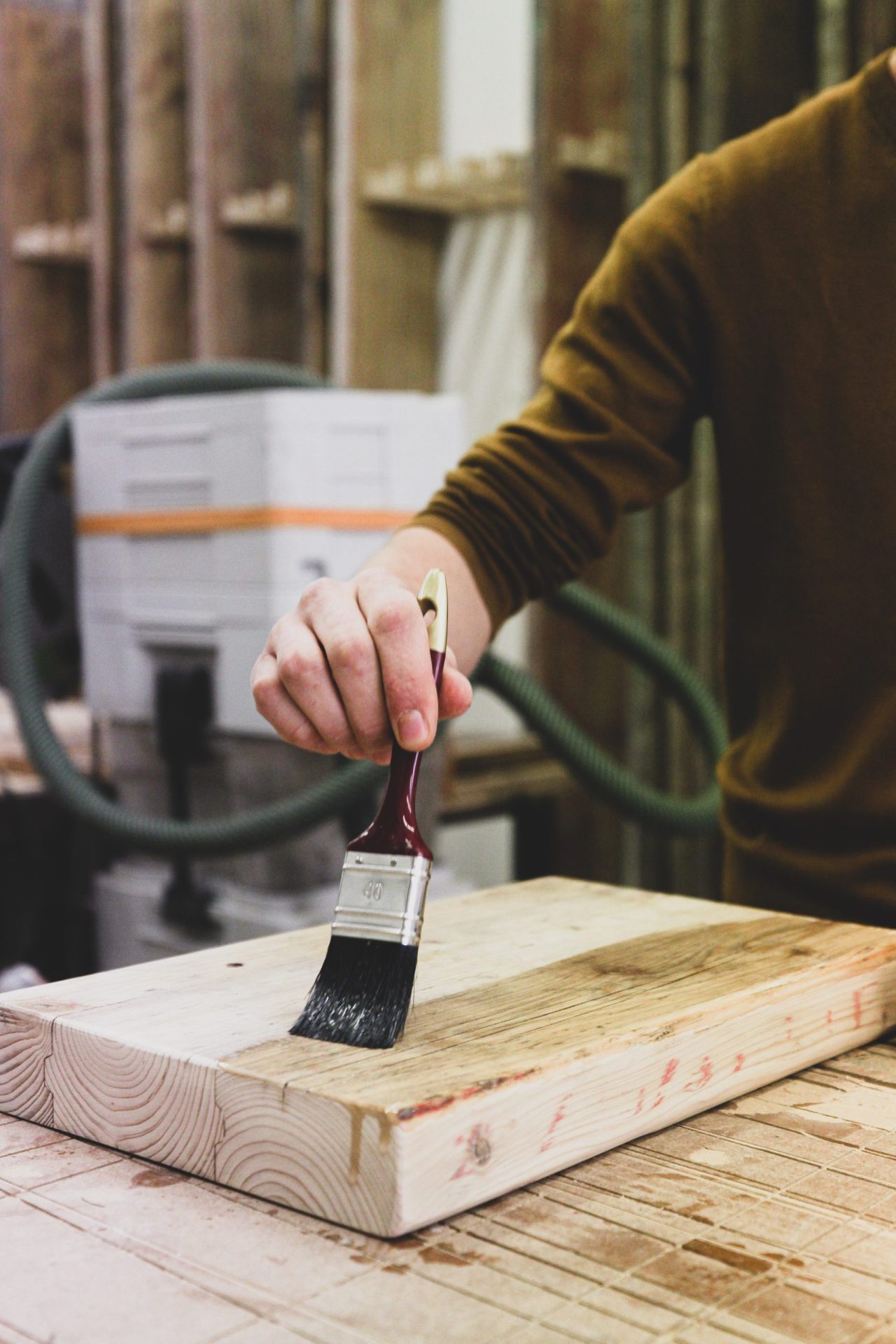Primers are pigmented coatings that are applied to new or previously painted surfaces before the application of undercoats or topcoats. They can be used on either new or previously painted surfaces.
The primary role of a primer is to ensure appropriate adherence to the surface they are applied to and to provide inter-coat adhesion for succeeding coats of paint to adhere to. They have been developed with a formulation that is tailor-made for specific substrates. Including aluminium, steel, polypropylene (PP), acrylonitrile butadiene styrene (ABS), etc.
Priming surfaces before painting them is a fundamental requirement in production settings. As this step yields the greatest results. Primers lay the groundwork for the chosen coating technique. Further in the case of metals, provide the asset with protection against corrosion. They improve the final coating’s ability to adhere to the surface, they extend the paint’s longevity. They can mask or fill in some surface imperfections.
The intermediate coat, also known as the filler, is what prepares the primed substrate for the subsequent application of either a basecoat or a topcoat. It does this by having high filling and great levelling capabilities.
It not only adds to the overall look of the finished product but it also helps to improve the mechanical qualities of the paint system as a whole, particularly the paint’s resistance to chipping. In addition to this, it creates an additional barrier against oxygen and moisture. Overall which helps prevent corrosion even further.
Advantages to Using Priming
It is necessary to have a discussion about the advantages of priming. Then discuss the particular circumstances in which you should use a primer or when you can omit using it. To dispel a common misconception, primer is not merely an unnecessary layer of white paint that is applied prior to the application of coloured paint. Primers offer a number of advantages, including the following:
- It is used to close pores in surfaces that are not painted, such as drywall and wood.
- It hides flaws, such as areas of the wall that have been fixed or mended in some way.
- It gives the paint something to adhere to, so the painting process can begin.
- It acts as a barrier against stains and odours.
- It restores the paint colour to its original, neutral state, allowing the new paint to take on its real colour when it is applied.
- It improves the surface, making it possible to use a lower number of applications of top coat paint.
Because it offers these benefits, priming truly has the potential to save time and money. Because primer is less expensive than paint, it enables you to cover the surface and address problems. With a material that is more cost-effective than top coat paint. In addition, you may anticipate finishing the project in a shorter amount of time and with fewer layers of top coat paint.

When It Is Appropriate to Use Primer
After learning about the advantages, you should have a better understanding of why it is recommended that you use primer in many different kinds of painting circumstances. These are the following:
Unpainted wood or freshly hung drywall
Each of these surfaces are very absorbent, which means that if you paint one of them, the paint will quickly disappear as it is absorbed into the material. As a result, you will need to apply numerous coats of paint to achieve the desired level of coverage. Why should you throw away your pricey paint because it absorbs material? Primer is a solution that is more cost-effective and will fill up the pores while also preparing the surface for painting. After the primer has been applied, the top coat of paint should only require one or two coats to cover nicely.
Significant Alterations in Color
Painting over the present colour will not give you the correct colour of your new topcoat if you are switching to a significantly different colour. The old colour will bleed into the new colour. Then you will end up with a shade that is some combination of the two. Priming will assist you in achieving the desired colour because it restores the surface to its original white tone. Providing you with a clean canvas on which to work. When moving from a dark shade to a lighter colour, this is a very crucial consideration to make.
Painting over paints with a glossy finish or paints based in oil
If you try to apply the new paint over an oil-based or glossy paint, you won’t be successful because the new paint requires a surface on which it can stick. In its place, you should make use of a bonding primer. However which will adhere to the shiny surface and produce an exterior layer that the top coat paint may adhere to.
Drywall that has been patched or repaired
In the event that the drywall requires repair, you will be required to use spackle or joint compound. Which will result in patches being created along the wall. If you paint over these spots without first priming them. You will find that they stand out like a sore thumb because they are a different colour than the paint that is currently on the surface. After priming, all of the surfaces are brought back to a neutral white, making it impossible to perceive these defects.
Masking Discolouration or Smells
If your walls already have stains on them, such as grease patches or crayon marks. Then the fresh paint will not be able to cover those stains completely. Additionally, pungent scents such as cigarette smoke can cling to the walls. Even without preconditioning, you can still smell them. To get rid of these issues, you must first condition yourself to block them out.
The examples presented above make it abundantly evident how the advantages of primer can contribute to the resolution of particular issues. In which in turn results in savings of money and time. In certain circumstances, such as when painting over already painted surfaces that are light in colour and are not oil-based or glossy. You do not need to prime the surface before painting. Priming, on the other hand, is an important phase in the painting process that should not be neglected in most situations. As it has great benefits it provides.


